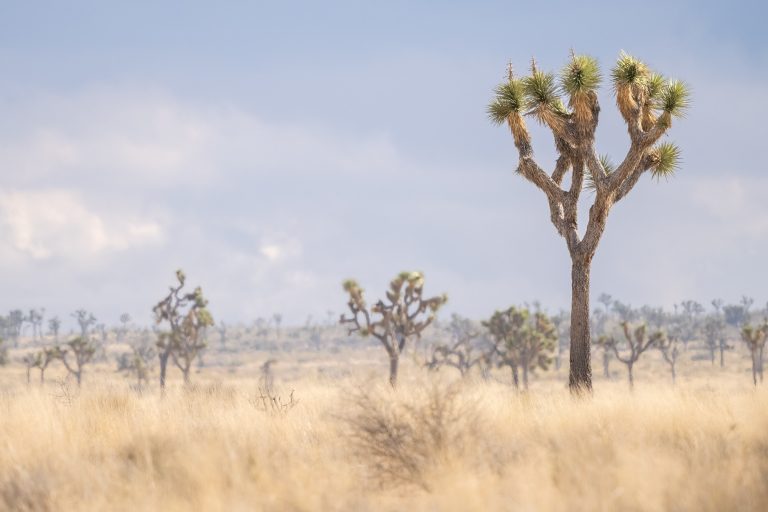
The Peregrine Falcon: A Symbol of Speed, Strength, and Survival
Have you ever wondered which animal holds the title of the world’s fastest? Or considered how wildlife adapts to thrive in the heart of bustling

Imagine the excitement of snapping photos of a sea otter playing in seaweed or tenderly caring for her pup. But how do you capture these incredible moments? It’s all in the planning! Planning your wildlife or landscape photography trip well significantly increases your chances of success. So, how do you pick the right target species, the best season, and the perfect stops? Let me explain how I meticulously planned my last trip to California’s Central Coast and offer some valuable tips for planning your unforgettable adventure.
Choosing the Species
The first step in planning a wildlife photography trip is deciding which target species to photograph. This choice affects everything from where you’ll go to what gear you’ll need. For my trip, I focused on capturing images of sea mammals. These fascinating creatures have specific habitats and behaviors that determine the best locations and times for photography.






Selecting the Right Location
Research is critical here. Morro Bay became a haven for sea otter photography, boasting tranquil waters and lush kelp forests. It’s also a prime spot for whale watching – keep an eye out for breathtaking breaches! Piedras Blancas near San Simeon offered sprawling beaches where elephant seals lazed about, while Point Lobos State Natural Reserve was perfect for lively sea lions against rugged landscapes. Additionally, plan your itinerary to include time for exploring scenic vistas and capturing the coast’s beauty. Explore the Central Coast map to get a better understanding of the region.
Timing is Everything
The time of day and year can significantly impact your photos. Golden hour is your friend – that soft, diffused light at sunrise and sunset makes for stunning shots. Spring and fall are ideal for otters, whales, and sea lions, while winter brings active elephant seals ashore for breeding.
Landscapes and Sunsets
Don’t overlook the scenery! California’s Central Coast has stunning landscapes and sunsets. Big Sur is a photographer’s paradise with its dramatic cliffs and famous Bixby Creek Bridge. Schedule your day to catch the sunset, painting the sky with vibrant colors reflected on the water.


Gear and Preparation
The right gear is crucial for wildlife and landscape photography. A good camera is essential. For wildlife, a telephoto lens (300mm or more) allows you to capture detailed images from a safe distance. For landscapes, a wide-angle lens (7-14mm) is ideal for capturing sweeping vistas and dramatic skies. Don’t forget accessories like tripods or gradient filters.
Beyond equipment, familiarize yourself with the behavior of your target species and the geography of your chosen locations. Understanding animal habits helps you anticipate their movements and increases your chances of capturing the perfect shot. For landscapes, scouting locations and studying weather patterns can help you be in the right place at the right time.
Expect the Unexpected
One of the joys of wildlife photography is the element of surprise. Nature always has a way of surprising you. On my last trip, I unexpectedly encountered a burrowing owl and a great horned owl during the night at our campsite. These unplanned moments often turn into the most memorable shots. Always stay alert and ready to capture these unexpected encounters.


Ethical Considerations
Ethics come first in wildlife photography. Keep a respectful distance to avoid disturbing the animals. Utilize telephoto lenses to capture close-ups without intruding on their space. Always adhere to local guidelines and regulations to safeguard the safety and well-being of the wildlife.
Additional Tips for Planning Your Photography Trip

Text and photographs: © Arnau Pou

Have you ever wondered which animal holds the title of the world’s fastest? Or considered how wildlife adapts to thrive in the heart of bustling

Have you ever imagined exploring a desert where life thrives among stunning rock formations? Or experiencing the magic of a star-filled sky in one of

Recently, I had the incredible opportunity to visit Yosemite National Park, nestled in the majestic Sierra Nevada mountains of California. This trip was truly a
Si continues navegant per aquest lloc web, acceptes utilitzar les galetes. Més informació.
La configuració de les galetes d'aquesta web està definida com a "permet galetes" per poder oferir-te una millor experiència de navegació. Si continues utilitzant aquest lloc web sense canviar la configuració de galetes o bé cliques a "Acceptar" entendrem que hi estàs d'acord.